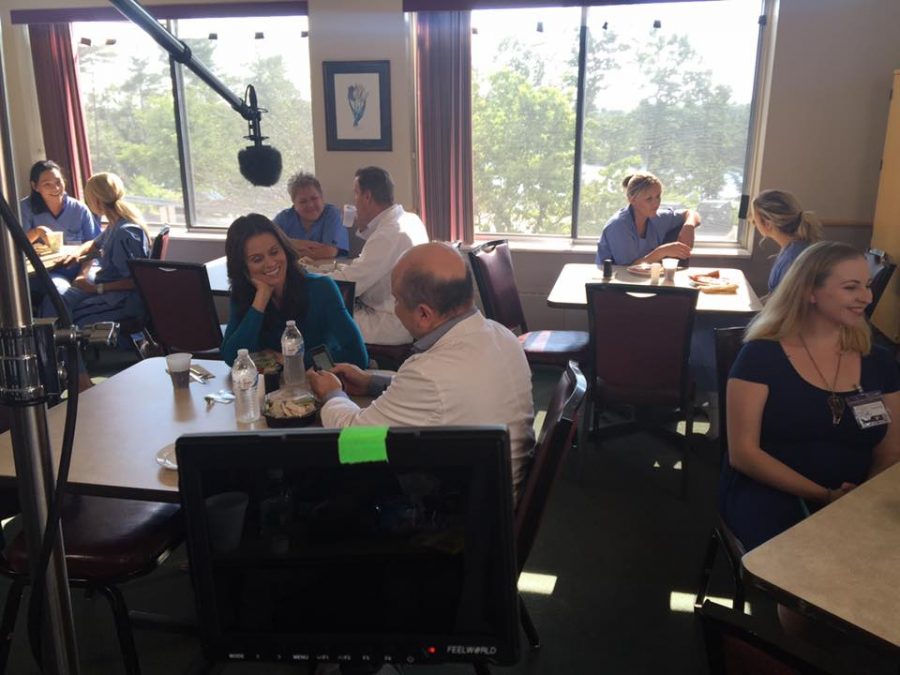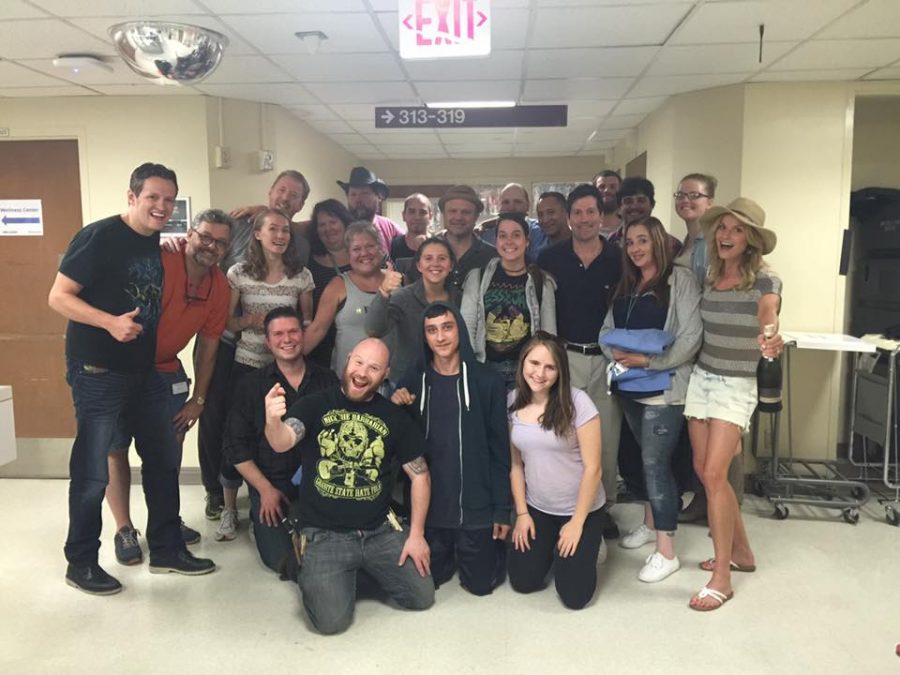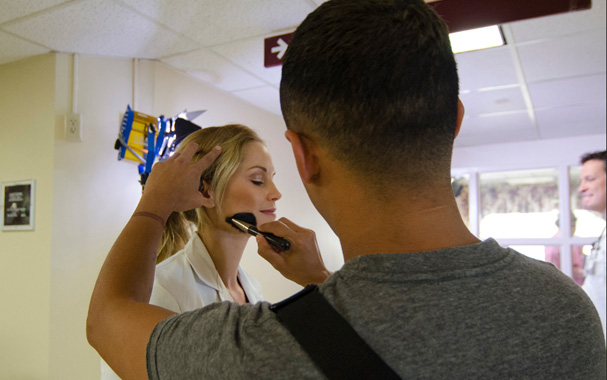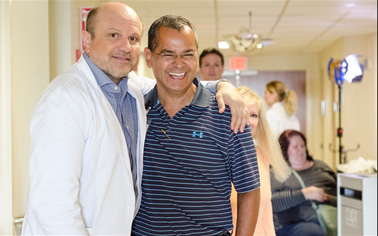WHAT IT MEANS TO CARE FOR A TERMINAL PATIENT
Today there is an image of doctors as miracle workers who can use technology to perform miraculous cures on dying patients, so they are returned to a happy and productive life. Presumably, doctors can access all kinds of new technologies to rejuvenate aging cells, restore functions to deteriorated organs, provide patients with replacement body parts, and more. The list goes on and on as to what doctors can do. But many of these ideas come from TV shows and films about doctors who can perform magic, or these dramatic cures are due to technologies of the future.
By contrast, when it comes down to a patient’s end of life, commonly doctors like myself have to work with patients and their families to help them understand that their condition really is terminal, and they have to adjust to this reality. As such, besides making the patient’s last days, weeks, or months comfortable, a doctor involved in end of life care has to also be a counselor, therapist, or healer, who helps the patient and family members come to accept and make the best of these final days.
To achieve these goals, I believe in caring for patients until the end of their days, whether I or one of my coworkers have newly been assigned by the hospital to work with a patient or whether I have worked with the patient as a private client for several years. In both cases, my role, like that of other doctors caring for terminal patients, is to get to know the patient as an individual and to better understand that patient’s relationship with his or her family and larger social environment.
This kind of understanding is needed to better relate to and counsel a patient and his or her family, because that kind of understanding contributes to rapport. This understanding opens the door to better communicating with the patient and family members, because patients are unique individuals with variable levels of education, personal and work relationships, and social surroundings. They also have different religious beliefs and philosophical approaches to life, and they have a different history of experiences which have helped to shape who they are. Moreover, their background helps to shape their attitudes towards the end of life and the degree to which they are willing to accept such a diagnosis and the overall medical assessment of their case.
While many patients do greet a terminal diagnosis ready to fight back, refusing to believe that the end is coming, usually this response makes no difference. Their condition is generally so far advanced that there is no way to reverse it. Still, miraculously, this attitude of the fighter does work for a very few patients, who, against incredible odds and a doctor’s assessment of how long they have to live, have an unexpected comeback. They rally, and their end-of-life condition gets significantly delayed and in a small number of cases disappears. Even so, for most, any hope for the future is an illusion, and they cannot, despite a valiant struggle, overcome a stark reality of what is.
Thus, much of the role of an end-of-life care doctor is helping a patient understand these odds, so they can fight if they must but then can come to accept what is a final verdict. At one time, Elizabeth Kubler Ross talked about the five stages of death as denial, anger, bargaining, depression, and acceptance, although they don’t always come in those stages or that order, and not all patients go through every stage. Thus, one task of the end of life physician is to recognize where a patient and his or her family is at and guide them through the process.
In this classic formulation, in the first stage of denial, the patient believes the diagnosis is somehow mistaken, and they prefer to believe in the reality that they will get better. That attitude does work for some patients, when they rally and experience a remission or they are able to prolong the dying process, so they can function more successfully and enjoy many of their usual everyday activities for a longer time. But then, for most patients the reality of deterioration sets in, and they have to recognize the brutal truth.
In the next stage, many patients experience some anger. They recognize the bitter reality and then wonder “Why me?” or they feel their situation isn’t fair. They ask “How or why could this happen to me?” Often they direct this question to God, as they wonder if perhaps this terminal condition is a punishment for something they have done.
After this, in the bargaining phase, patients may go through a negotiation with their God or doctor, seeking an extended life if they reform their lifestyle, such as the COPD patient whose lungs are shutting down from a life of smoking who offers to stop smoking. But often the damage to their bodies has gone so far that even if they stop their destructive behavior now, there is no going back.
Then, in Ross’s model, patients go through a period of depression, where they think it’s not worth doing anything more. They feel they are going to die no matter what they do, so why embrace whatever life they have for the time remaining. Similarly, their family members may feel depressed if they and the patient have been very close. Some signs of this attitude are that the patient may become silent, refuse visitors, and spend much of his or her time at home or in the hospital looking very sad and sullen.

Finally, the patient may come to accept the situation. The patient feels he or she can no longer fight the inevitable. So now it is time to prepare to face whatever comes, whether as a patient or a family member. Thus, the patient may now take an active part in planning for a funeral, review the highlights of their life, set about closing down their everyday affairs, and prepare to turn over any property and documents to their designated next of kin or trustees of their estate. Such activities are part of a process of getting ready to go and move on, much like someone who has to leave a house or apartment because they can no longer pay the mortgage or rent, so they have come to face that reality and are ready to go on to the next place to live – or in this case, die peaceably, feeling ready to leave their life behind.
Many end-of-life care doctors are familiar with this Kubler-Ross model and do use it as a guide. Many patients and families know about this model, too, because it has been so widely discussed in academia and the popular media. But the stages are not so clear cut, as patients and their families go back and forth about how they feel about the doctor’s determination of the almost certain likelihood of death. So part of the end-of-life care physician’s role is to assess where the patients and their families are in the acceptance process and to recognize that the patient and family members may not be in the same place at the same time. So the doctor sometimes needs to work out multiple understandings with patients and family members who have different views about the certainty of the patient’s demise and what to do as this period of acceptance goes on.
As an end of life care doctor, like other such doctors, I try to help guide the patients and their families through the process, so in the end they can be calm, peaceful, and accepting in facing the patient’s death. This way they can experience as much peace and contentment in these final days until the inevitable death occurs.
Yet, even after death, much healing remains for family members after the patient has died. So like many of doctors dealing with terminal patients, I personally meet with family members to discuss what has occurred and how the family has adjusted or needs to make future adjustments. I find the meetings cathartic and extremely valuable to bring closure, and I find it very satisfying to do this. This is not what the hospital employees or palliative care team members do, because usually, once the patient has died, all contact with the family is lost and there is no follow-up. But I feel this follow-up is extremely important, so the family members can experience a peaceful closure after the death of a loved one.





